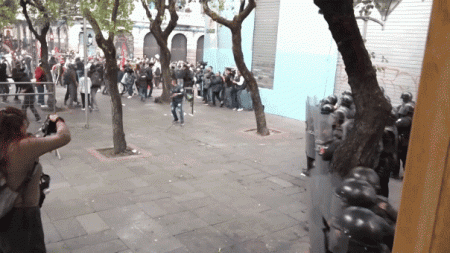Excavations at the Łysa Góra archaeological site in Poland have led to the discovery of nearly 350 artifacts, including a rare 2,300-year-old Celtic helmet, which further confirms the presence of the Celts in northeastern Poland. This discovery is significant as it is the first early La Tène helmet found on Polish soil from the IV BC era, with the only other similar discovery made over 40 years ago in southern Poland. The presence of the Celtic helmet and other artifacts at this site indicates the presence of Celts in an area far from their native lands in southern Poland, Slovakia, and the Czech Republic.
The reason for Celtic settlement in northeastern Poland can be attributed to the amber trade, with amber being a desirable commodity in the Mediterranean world. The bronze helmet, originally lined with leather or fabric, was discovered in a charcoal pit alongside other iron axes. This helmet likely belonged to a Celtic elite and served a symbolic purpose beyond military protection. The shininess of the helmet would have indicated the exceptional position of the owner, possibly a wealthy or powerful individual within the Celtic community. It suggests the presence of a leader or administrator guarding the trade route in the area.
In addition to the Celtic helmet, numerous other artifacts were uncovered during the 2024 research at Łysa Góra, including iron tools, jewelry like bracelets, necklaces, and earrings, as well as harness elements indicating horse breeding in the area. The Celtic helmet was found in poor condition, but restoration efforts are currently underway at the Museum Conservation Department of the PMA and are expected to take around six months. Beginning in 2026, the artifact will be put on display for visitors to see at the State Archaeological Museum in Warsaw.
The Celts were a widespread group of people who inhabited Western and Central Europe, and the discovery of monumental relics like the Celtic helmet further solidifies their presence in northern Poland. The discovery of artifacts like the helmet, as well as tools and ornaments of La Tène provenance, provide evidence of Celtic activity at the Łysa Góra site. The findings shed light on the activities and social structure of the Celts in the region, indicating the presence of a specific group of Celts with a leader or administrator fulfilling a distinct function related to guarding trade routes.
The discovery of the Celtic helmet and other artifacts at Łysa Góra is a significant find that adds to the knowledge of Celtic presence in Poland. The artifacts unearthed during the research provide insights into the material culture, social organization, and economic activities of the Celts in the region. The presence of such items at the site highlights the importance of trade and exchange networks in the ancient world, as well as the social hierarchies within Celtic communities. The ongoing restoration efforts on the Celtic helmet will ensure that this important archaeological discovery will be preserved and accessible to the public for future generations to appreciate.
Overall, the research at Łysa Góra has yielded valuable insights into the Celtic presence in northeastern Poland, with the discovery of the rare Celtic helmet being a particularly significant find. The artifacts found at the site help paint a picture of the material culture and social dynamics of the Celts in the region during the ancient period. The ongoing restoration work on the Celtic helmet, along with other artifacts, will provide an opportunity for visitors to learn about and appreciate the rich archaeological heritage of Poland. This discovery contributes to our understanding of the Celtic civilization and its connections to trade routes, social structures, and symbols of power within ancient European societies.













